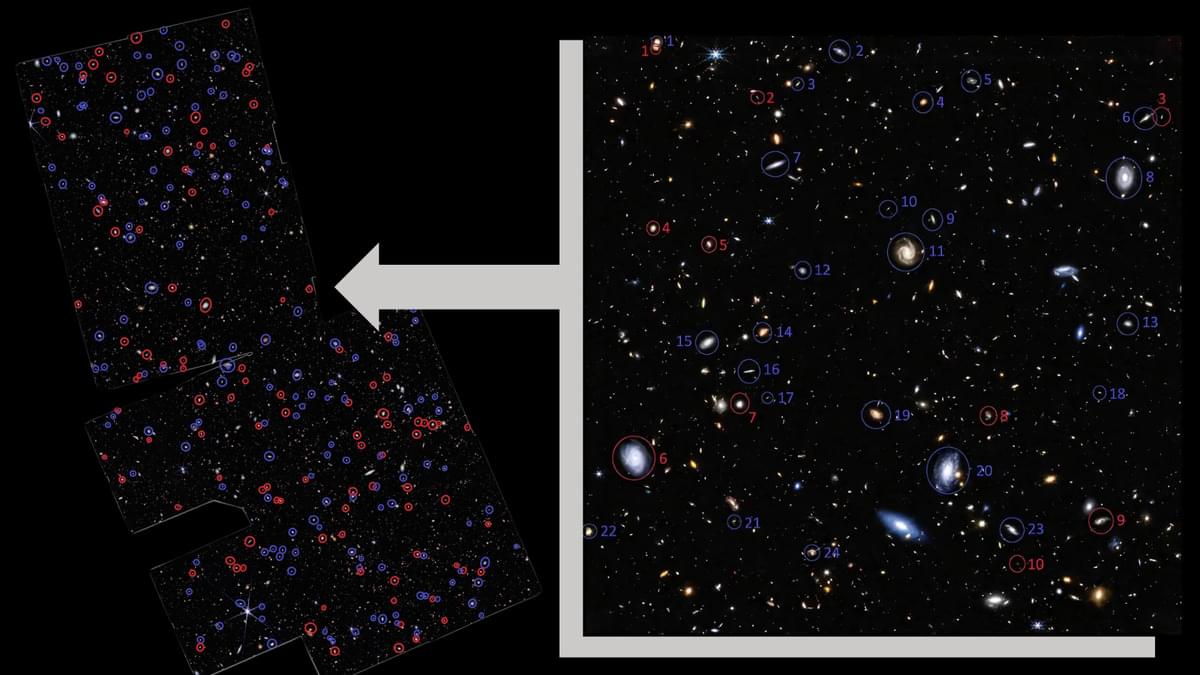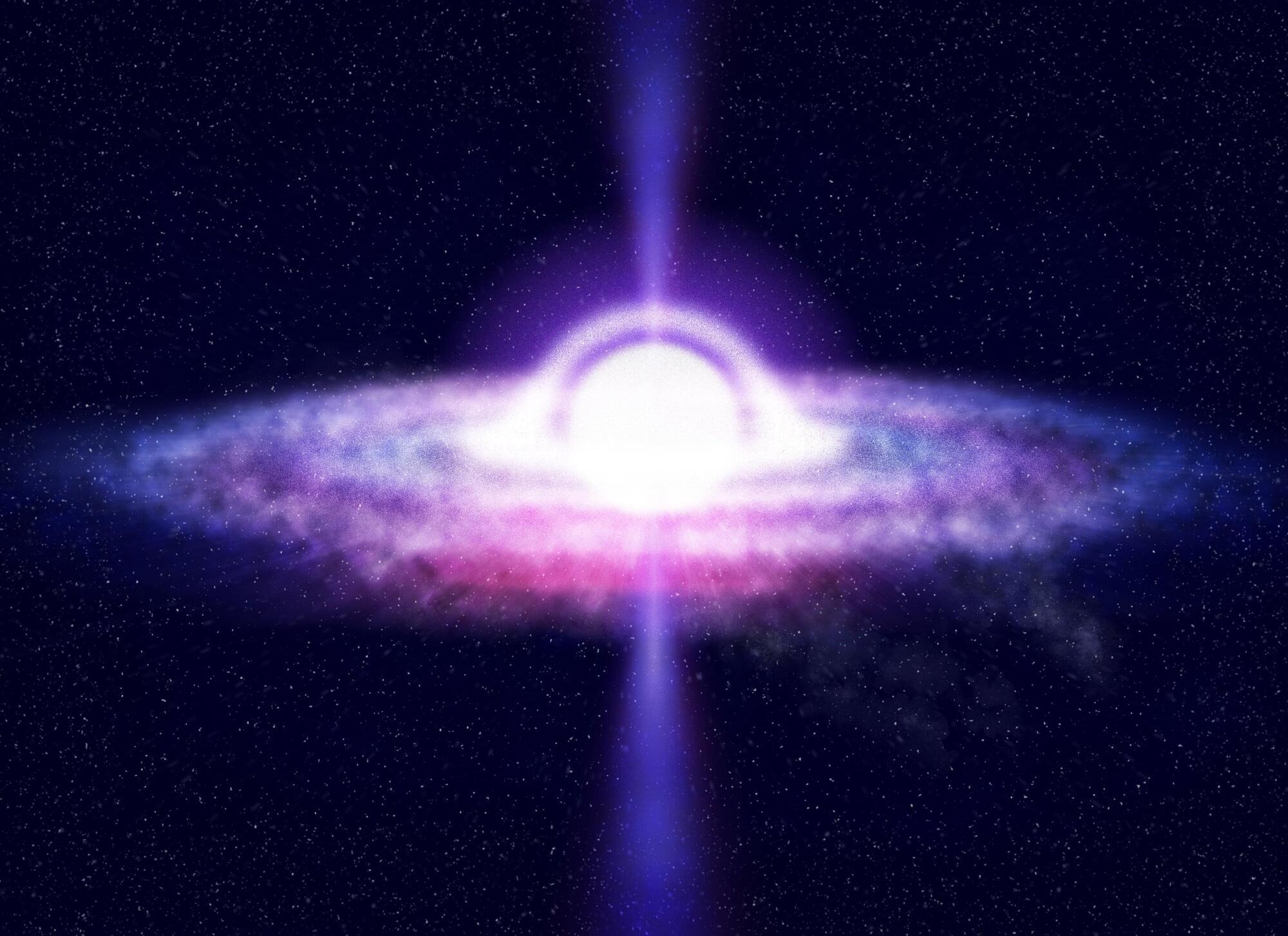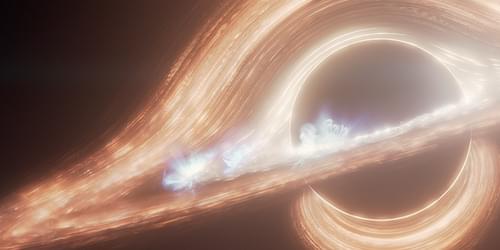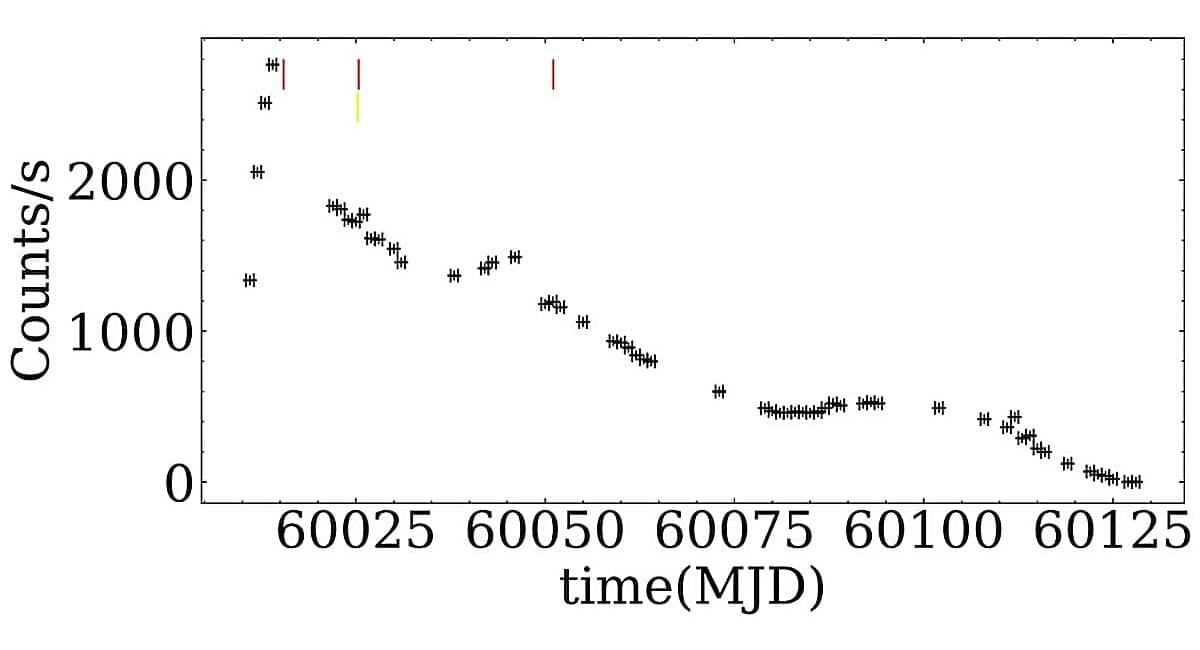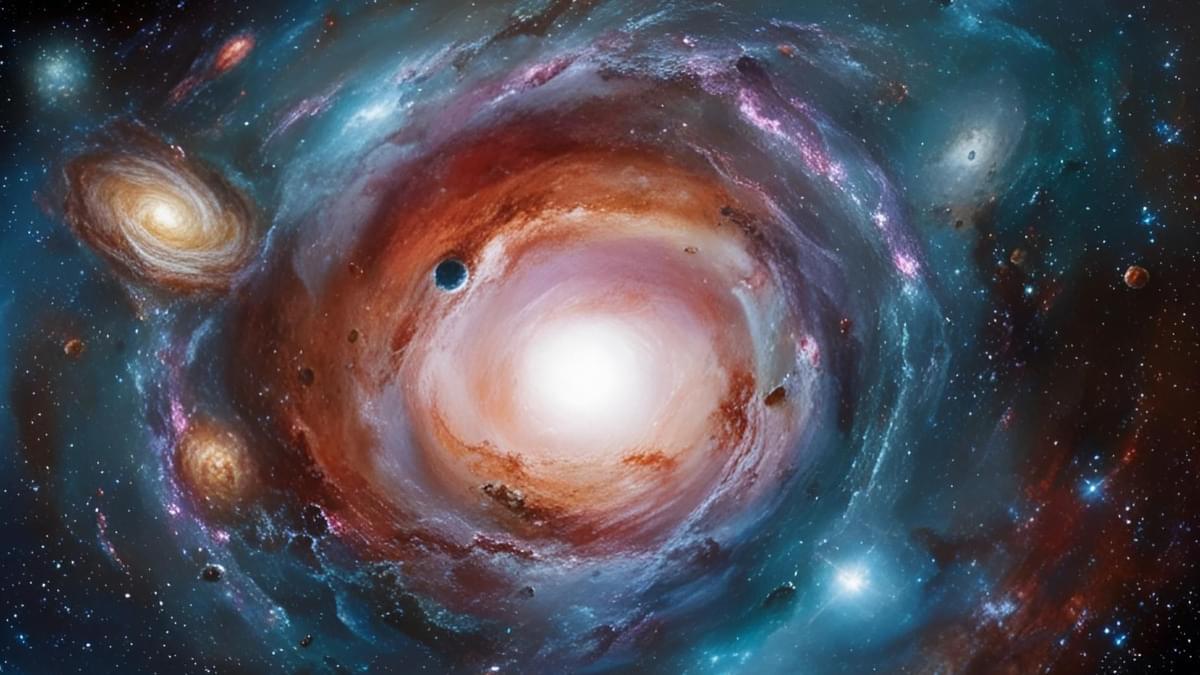As for these new JWST findings. Poplawski told Space.com: “It would be fascinating if our universe had a preferred axis. Such an axis could be naturally explained by the theory that our universe was born on the other side of the event horizon of a black hole existing in some parent universe.”
He added that black holes form from stars or at the centers of galaxies, and most likely globular clusters, which all rotate. That means black holes also rotate, and the axis of rotation of a black hole would influence a universe created by the black hole, manifesting itself as a preferred axis.
“I think that the simplest explanation of the rotating universe is the universe was born in a rotating black hole. Spacetime torsion provides the most natural mechanism that avoids a singularity in a black hole and instead creates a new, closed universe,” Poplawski continued. “A preferred axis in our universe, inherited by the axis of rotation of its parent black hole, might have influenced the rotation dynamics of galaxies, creating the observed clockwise-counterclockwise asymmetry.
